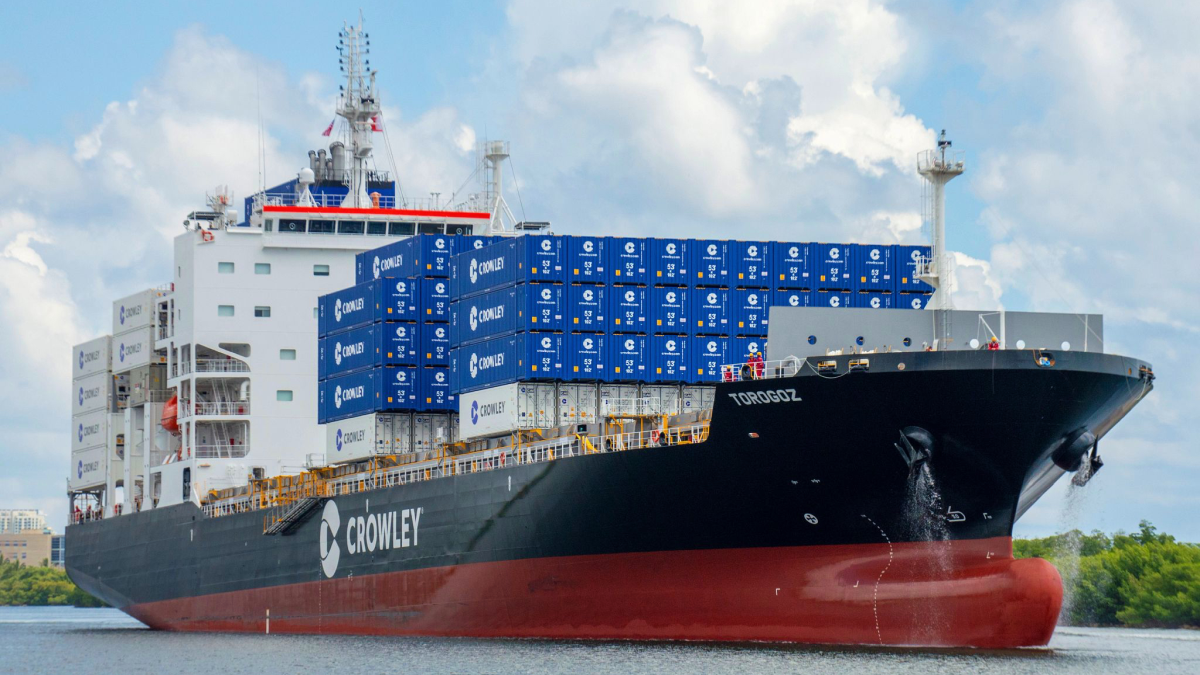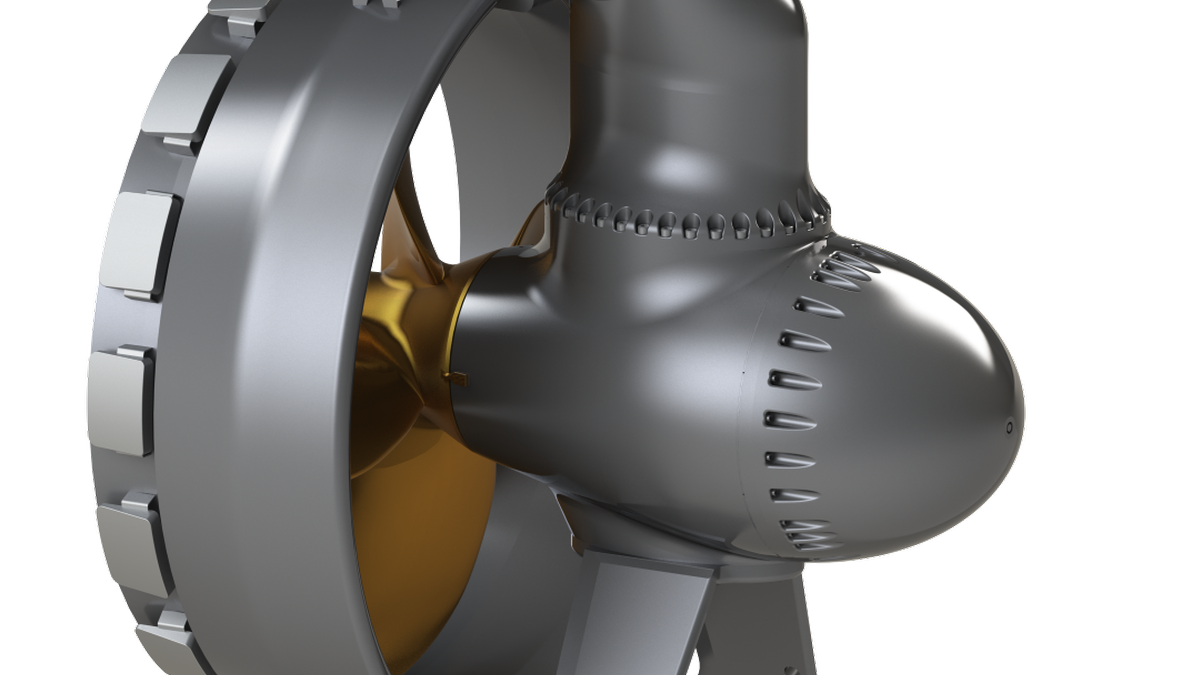Business Sectors
Events
Contents
Hotwell steam injection cuts chemical usage
A new hotwell steam injection system from Nalfleet reduces corrosive dissolved oxygen in feed water by natural thermal de-aeration and cuts consumption of oxygen-scavenging chemicals. A return on the initial capital investment is promised within 12 months for the system, which is available in kit form and can be retrofitted to an existing hotwell installation.
A source of feed water for the boiler, the hotwell tank offers an opportunity to remove any dissolved oxygen which can damage the boiler and condensate system. By raising the boiler feed water temperature from 40°C to 90°C the dissolved oxygen content is reduced from around 7 ppm to around 2 ppm. Such a reduction means that significantly less oxygen scavenger chemical is needed to remove the remaining traces.
For a boiler system producing around 5 tonnes/h of steam (120 tonnes/day) and using a typical 35 per cent hydrazine-based oxygen scavenging chemical, the reduction in dissolved oxygen equates to an estimated annual saving of 800 litres in chemical usage (some 70 per cent).
A combination of thermal and chemical de-aeration provides the most cost-effective protection for a boiler and condensate systems against the damaging effects of oxygen-pitting corrosion, asserts Nalfleet, the British subsidiary of US-based water treatment specialist Nalco. Hotwell steam injection equipment is available to suit a wider range of operational conditions and represents a simple and low cost upgrade for existing installations, it claims.
A typical retrofit kit would include a strainer, control valve, thermostat and temperature feeler, stainless steel feeler pocket and one or more stainless steel steam injectors. Stainless steel manifolds for multi-injector systems and appropriate non-return valves are also available.
Selection of the correct hotwell management system based on the required duty and operational conditions is important, says Nalco. The data typically needed includes feed water flow rate (kg/h), injection steam pressure (bar) and desired temperature rise (°C).
Diverse ship types and operating conditions are addressed by equipment ranging from single-injector systems with a 0.5-inch (12mm) steam feed to six-injector systems with 2.5-inch (60mm) feeds, the correct specification for a project being advised by Nalfleet.
• The root causes of operational problems, such as scale and corrosion, are more identified as poor application and control of the recommended chemical treatment programme, says Simon Bannister, industry development manager, Nalfleet Marine Chemicals.
If the selected products are applied to the right place, at the right time and in the right quantity, then good results and a high degree of system protection can be assured.
Once the correct chemical treatment programme is implemented the responsibility transfers to the ship’s crew to ensure the necessary controls and guidelines are followed. How the programme is applied and controlled will often make the difference between success and failure.
Poor application and control of boiler water chemistry can result in sudden and unexpected failure of the plant due to the damaging effects of corrosion.
Simple application systems using components such as dosing pumps, tanks and timer controls will satisfy the requirements of relatively steady state operation equipment. Where plant dynamics are less consistent and more unpredictable, alternative approaches to chemical control are required.
Installations such as boilers can benefit from a more automated approach. Parameter measurement systems have the capacity to monitor multiple variables and to make accurate and informed dosing decisions. Systems of this type based on modern industry-standard PLC technology with a user-friendly operator interface are proving both reliable and accurate in the demanding marine environment, Mr?Bannister reports.
The key benefits of automating the application and control of chemicals on board are:
• improved health and safety by eliminating the handling and manual application of concentrated chemical products
• better protection of the systems against the damaging and costly effects of corrosion
• optimised use of chemicals by continuous monitoring and only applying what is needed
• releasing valuable crew time for more important duties. MP
Related to this Story
Events
Offshore Support Journal Conference, Americas 2025
LNG Shipping & Terminals Conference 2025
Vessel Optimisation Webinar Week
© 2024 Riviera Maritime Media Ltd.













